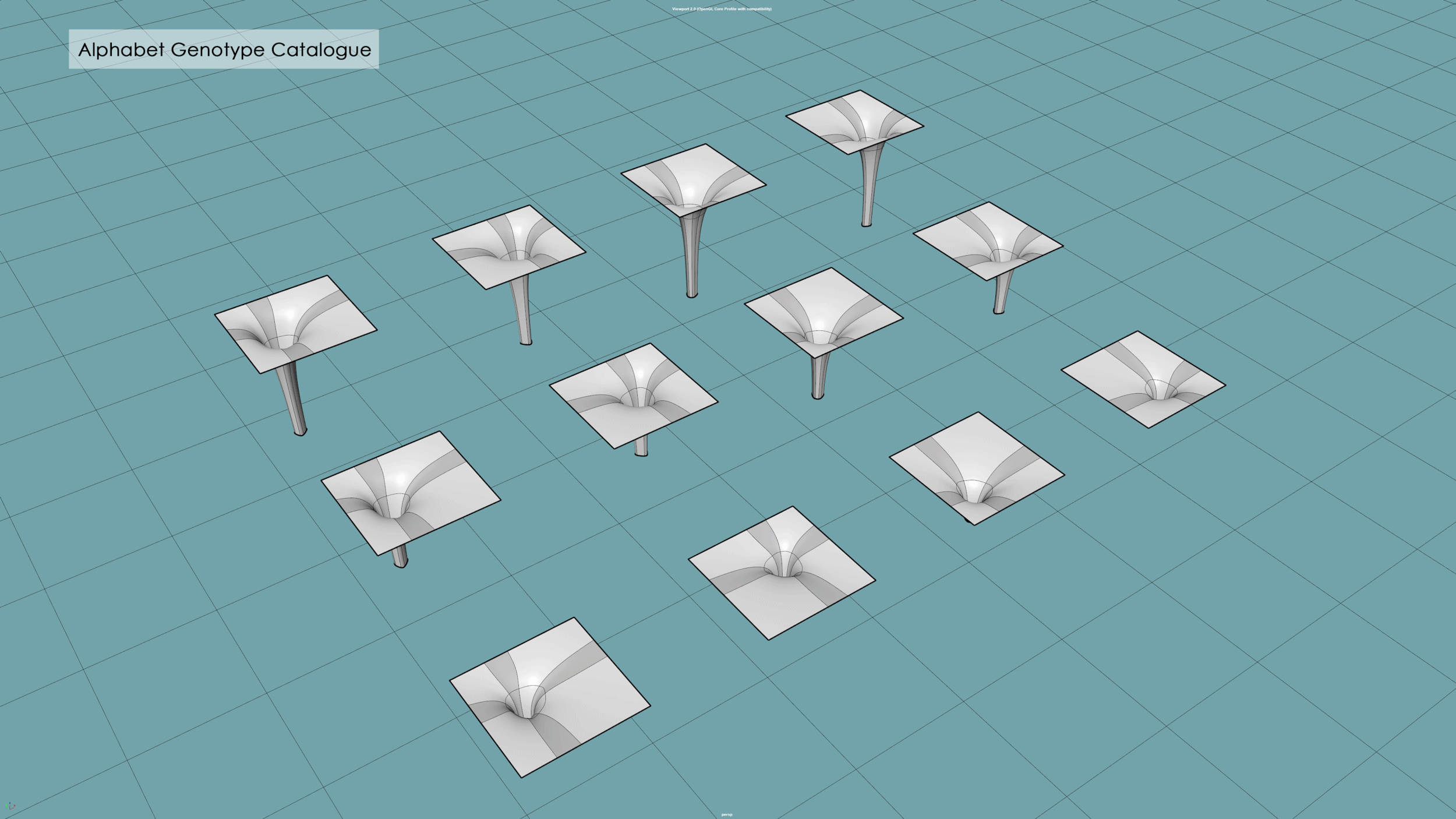B.A.O
Studio Shajay Bhooshan
Tutors Ariadna Lopez, Leo Bieling
Team Taikhum Shaikh, Yatharth Thakkar, Yixin Zhu, Yuqian Liu
Urban development and densification act decisively in human socialisation. They form a connecting bridge for interdisciplinary agencies where mutual benefit can occur. Moreover, they form the space of social condensation, cultural acceleration, and economic efficiency.
London is the perfect testbed for densification since it already possesses qualities of a megacity, such as extensive transport infrastructure, high employment ratio, diversified culture, etc. At the same time, however, London is characterised by an extensive urban sprawl due to the Not In My Backyard – NIMBY movement, based on which communities oppose any construction in their neighbourhood resulting into the further expansion of the urban fabric. As a result, London’s urban environment consists of 47% of green spaces which aren’t utilised at their maximum. Our proposal optimises the use of these backyards, achieving user consensus through a participatory platform.
B.A.O. presents two major aspects which incentivise users to densify the neighbourhood by expanding to the green spaces of the city. The first aspect is the governance technology that provides an interactive participatory platform, in the form of decentralised gaming platform for buyers and various local authorities, to negotiate the buying and selling of lands as per the current requirements. The second aspect is the spatial geometries that allow these negotiations to occur on a digital platform. These geometries are designed with structural optimisation resulting in cost-effective mass customisation possibilities.
Thus B.A.O incorporates a cyber-physical participatory platform, wherein, local users and new buyers, can virtually regulate and simulate the system of design provided by the professionals. This condition can safeguard the best possible solution to maximise the users’ self-interest as well as the social welfare of the neighbourhood, which can then be materialised on-land. Eventually, our proposal proposes an autonomous architectural solution towards the densification of London neighbourhoods, through virtual and physical negotiation systems and spatially intelligent design strategies.






